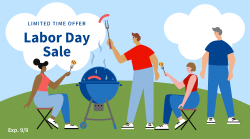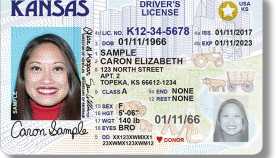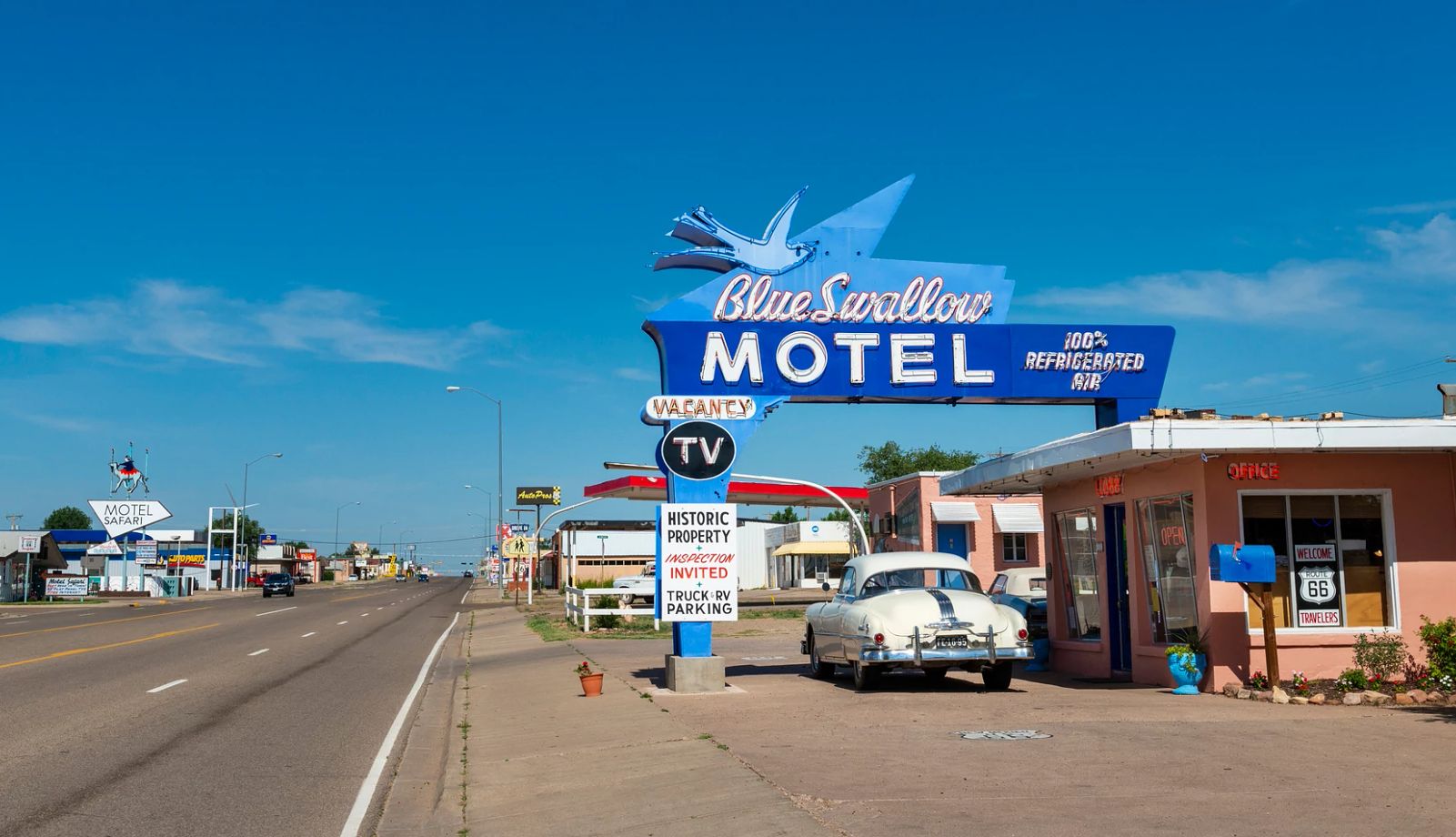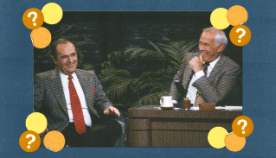AARP Eye Center
Eye on a Prize: Making America’s Communities Livable
By Nancy LeaMond, January 28, 2016 09:35 AM

When you think of winning a prize, what’s your first thought? Is it actually finding something in a box of Cracker Jack? Maybe, winning Lotto? (I was really hoping for that Powerball jackpot recently.) Or is it simply the thrill that comes with winning the prize? Whatever it may be, we love prizes. I can’t think of anyone I know who doesn’t.
When Charles Lindbergh made his famous transatlantic flight from New York to Paris in 1927, it was for a prize. In fact, Mr. Lindbergh won the Orteig Prize for that trip and the $25,000 that came with it. Raymond Orteig, a New York hotelier, wanted to show that the feat that could be done. He was right.
Subscribe to the AARP Livable Communities eNewsletter »
I guess the saying is true: Where there’s a will, there’s a way. Maybe the will is just cash or to be the first to say, “I’ve done that.” Whatever it is, I think there’s now a will to see if there’s a way to make communities across America more livable.
Putting the will and the way aside, there is also a need. Our country is aging rapidly. Roughly 1 in 3 Americans are now age 50 or older.
You might be thinking, I’m doing just fine now, thanks. But could your daily life be easier, maybe even better? Consider this scenario: You’re 58 years old and you need some groceries. It’s winter, you live in the suburbs and there’s about 4 inches of snow on the ground. The supermarket is six miles down the road, so you get into your car and you drive there — even though the roads haven’t been plowed and the driving conditions aren’t great. After you park and shop, you load up the car, drive back home on the slick roadway, unload the car, put the groceries away, etc.
Seems like a piece of cake, right? For some, yes, but for many that supermarket excursion is a huge challenge.
Wouldn’t it be easier if there was a grocery store closer to your home? Reducing the amount of sprawl is one of the things we mean when we talk about "livable communities," which are also about creating more park space; ensuring that roads are safe for people who are walking, bicycling and driving; and creating environments where people of all ages can connect.
You don’t have to live in an urban downtown to be in a place that is walkable and livable. Cities including Salt Lake City and Wichita, and small towns with a Main Street or town square, are examples of municipalities that are working to become more livable, more walkable places.
Livable Communities is about taking a broader look at what we need to live: housing, neighborhoods, community, transportation, environment, health, social engagement and cultural activities. Livability is a holistic view of something that we all strive for — which is to be in community with others. Individuals, city officials and organizations have become increasingly interested in the topic. Some are offering grants or prizes for architects and city planners to dream up the next great feat in city planning.
- The U.S. Conference of Mayors, for example, has been running an award program since 1996 for the best large — and small — livable cities. The award is meant to showcase some of the best initiatives that cities across America have been implementing to make their communities better.
- At AARP, some of our state offices have provided small grants to help city officials improve their communities. For example, in 2014 we provided $10,000 to the city of Burlington, Vt., which was used — along with support from other partners — to develop a comprehensive, first-of-its-kind Walk, Bike Master Plan. The plan is now nearly complete.
- Similarly, in Massachusetts, the Tufts Health Plan Foundation works with AARP Massachusetts and encourages communities to enroll in the AARP Network of Age-Friendly Communities by providing grants to towns and cities that are working to promote healthy aging. Ideas must demonstrate evidence-based or evidence-informed practices or have a potential and measurable impact benefiting older adults through the foundation’s focus areas related to systems and best practices, policy and advocacy. Grants have already been given to Boston, New Bedford, Berkshire County, Yarmouth and others.
While some places are focused on building community with in-person interactions, technology has fueled our hope that cities across America will become more livable for people of all ages. Cities now have the ability to monitor traffic patterns in real time and adjust the timing of traffic lights according to traffic flows. We now have previously unfathomable software capabilities that are revolutionizing the way we think about infrastructure design. We have a connectedness today that never existed before. After all, we can send a message around the world in less than a blink of an eye. The 21st century has created the opportunity for us to be more in touch with our communities — both in terms of communication and in person.
We all can dream. We all want to live better lives. Raymond Orteig believed it was possible to fly across “the pond” and challenged airmen to do it. Just imagine what we can do now using the Internet and modern technology and good old-fashioned conversations in communities across the nations.
We just need to make the goal important enough and think of it as a prize. It might not be as heroic as the first transatlantic flight, but it can be just as auspicious — a livable America.
Nancy LeaMond is the AARP executive vice president for community, state and national affairs. Follow her on Twitter @NancyLeaMond.
Image by Partha Dalai, rf123
Learn More About AARP’s Livable Communities Work































































